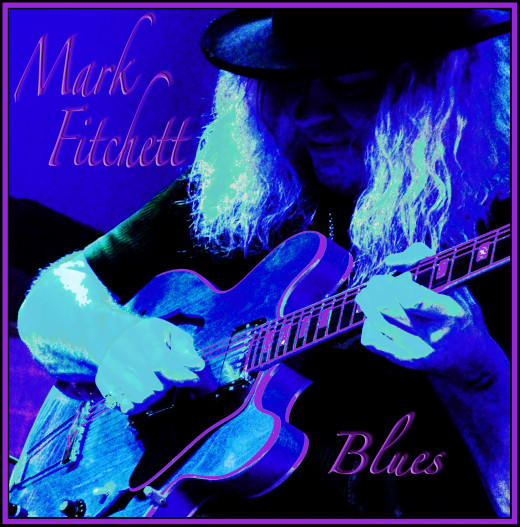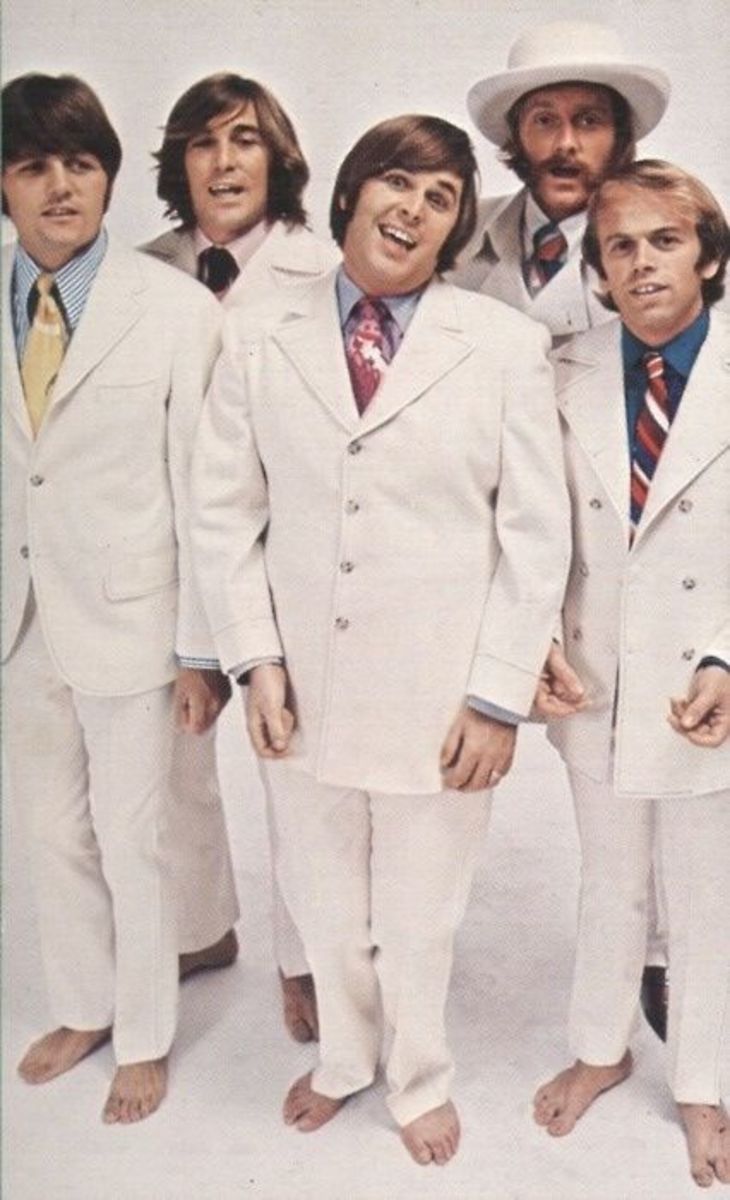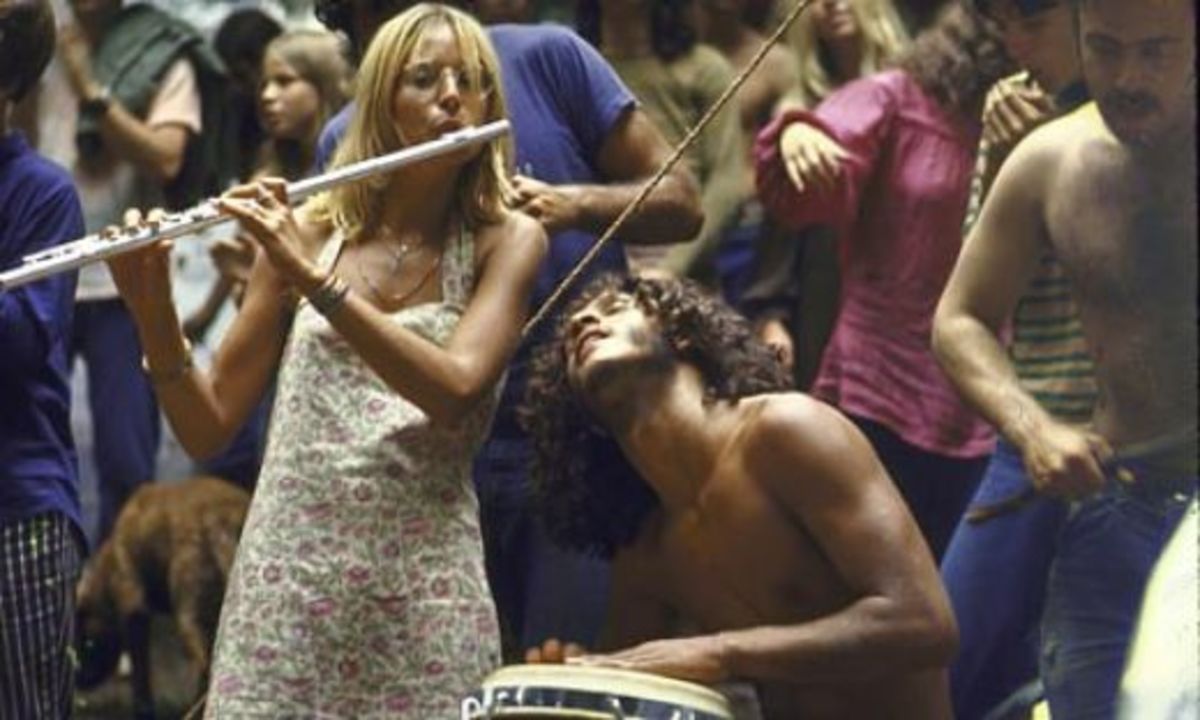The Basics of Playing Together in a Band

How to Rehearse Efficiently
Article by Mark Fitchett
I don't know how many times have I played with other musicians and/or bands and noticed everyone was in their own little world, and that nobody seemed to be listening to anyone but themselves. This is very frustrating to anybody else in the band that is listening. Of course you want to concentrate on your part, but at the same time you must be aware of what is going on around you so you can adjust your playing to blend with everyone else's.
Here are some of the things to watch for:
1. Dynamics
This is the one area most bands need work in, the ability to control their volume and intensity levels within a song. (If you are in a loud-as-possible, thrash-speed-metal band you may be excused.) Most music does not stay at one level, but instead goes through peaks and valleys, building up here, coming down a bit there, getting extremely intense for a guitar solo perhaps, and then laying back for the sensitive vocal break and then building up to the screaming climax etc. The point is, is that if there is a soft part in the song, don't come blazing in with your wall of Marshall stacks on 11. Pay attention to different songs and see how they use these dynamics to create interest and excitement. (This also applies to you and your friend just jamming on a couple of guitars in the living room.)
2. Playing too busily
This is another pet peeve; someone feels a need to fill up every space in the music, whether it's the drummer putting in too many fills, a bass player who thinks he is Van Halen, never the guitarist (yeah, right.) OK especially the guitarist who has to play every lick he knows, as fast as possible in each song. Don't get me wrong; busy is not bad in itself, it's just when nobody is listening to each other and everyone is playing all over the place (and loudly) well, I think you get the picture. Again, listen and try to give the rest of the band some space. Also, if you write in busy parts and rehearse them, it will sound better than everyone just going off at random. As you get more experience you will learn how to do this naturally without pre-arranging it.
3. Inappropriate parts
Everyone does this one, you learn a new lick and you stick it in everywhere in every song until everyone wants to shoot you. This is OK to some degree because when you are learning something new repetition is the key, however, try to use a little discretion, and try to find the right place for it. Or better yet, use some band rehearsal time to loosen up and jam a little to test out new ideas. Obviously if you are doing a cove note for note then just learn your part.
4. Groove
This is the feel of the song. You'll notice that in each style there are certain typical drum beats, rhythm patterns, bass lines etc. Every style has certain grooves commonly associated with it. You might hear general references such as an R&B groove or feel, a reggae groove or feel etc.
Here is a list of some common styles:
Rock
Latin
Reggae
Blues
Swing
Funk
Hip-Hop
Jazz
R & B
These are general terms, because within each style there are many subcategories, variations and tempos.For example, within the rock style there is heavy metal, alternative, southern rock, classic rock, just to name a few. It is not unusual to combine certain aspects of different styles, for example, laying down a hard rock groove with a reggae bass line.
It is very important to recognize the groove factor and how it applies to the style of music you are playing. You should always be listening to different types of music and be analyzing the groove.
REHEARSAL TIPS
- If possible rehearse on the same days at the same time every week.
- Decide ahead of time what song(s) you want to work on.
- Pick songs within your ability.
- Pick songs everyone can agree on.
- It's OK to attempt challenging songs beyond your ability but spend more time on the ones you can play until you get a few of the easier ones down.
- Make sure everybody has a copy of the songs on tape. It is the responsibility of each member to be listening, and to be learning material that has been decided upon.
- If someone is showing someone their parts during rehearsal everyone should be listening, and no one except the person that is being shown their part should be playing.
- If you are the one who shows the others what to play, consider getting together with each member individually to teach them their parts so when you get together you can rehearse the music as a band. (Especially if it's original music you have written.)
- Don't try to learn too many songs in one rehearsal, 1-3 is normal. Spend a portion of practice time reviewing previously learned material to warm up. After you really know the tunes well, rehearse them once in a while to keep the cobwebs off. There will come a time when you have too many songs to rehearse in a given practice time so work on the ones that need it the most.
- Listen to other members suggestions and even if you don't agree, give them the benefit of the doubt and try their ideas.
- Don't waste time by goofing off too much. Designate the 1st 20 minutes or so to "jamming" or messing around with different ideas, (this is good for warming up.) then get to work. You can take "goof off" breaks once in a while where you try jamming on different grooves and styles. If you have the time you could have one of your rehearsal nights a "jam" night where all you do is goof around and have fun.
- If everyone is always arguing or not getting along be realistic and decide if you can function together as a band. If everyone in the band is friends it's not worth losing friendship just because you can't relate musically.
BEING PREPARED FOR A GIG
Know how long you are expected to perform. Is it one show of a predetermined length, or is it several "sets." A typical show might be anywhere from 45 minutes to 1 1/2 hours (A typical showcase set is 45 minutes) whereas if you are playing the whole evening at a nightclub or bar you are usually expected to play 4 or 5 sets that are 45 minutes each. (Play 45 minutes and take a 15 min. break)
∙ Time your songs
∙ Work out a set list
∙ Determine how many songs should be in each set or in your show.
∙ Determine an order of songs that will keep the set/show moving
Mark Fitchett and one of his bands.
Fitchett Homepage
Mark Fitchett YouTube
- Mark Fitchett - YouTube
This channel is a showcase of Mark Fitchett's performance and composition skills.
- Single String Soloing on Guitar
One of the most effective way to learn scales and solo on the guitar is to learn the scale on one string. This article discusses some of the techniques that lend themselves to single string soloing. - Learn The 5 Positions of the E Minor Pentatonic Scal...
The minor pentatonic scale on the guitar, and particularily the E minor pentatonic scale is a blues and rock guitar staple. There have been so many guitar driven songs in this key that one could easily make a case for E being the starting place to le - The Simplified Basics of Starting to Learn to Play t...
This is the absolute bottom line of how to start playing guitar. The information given here is in small chunks, easy to digest and will give the student a solid foundation to pursue guitar mastery. - The Basics of Playing Together in a Band
About how play in a band and not kill each other. Practice and rehearsal tips. - Becoming a Competent Musician
An overview of how to become a good musician. lessons, practice - How to Memorize the Notes on the Guitar Neck
This article will show you the best method ever of how to efficiently learn and memorize the notes on a guitar neck in the shortest amount of time. - Blues Turnarounds For Guitarists
Details on how to play blues turanarounds on the guitar featuring 9 classic blues turnaround examples in tablature - Blues Rhythm Guitar Chord Fills Lesson
One of the most recognizable cool blues rhythm riffage sounds are the alternating minor triads superimposed over a dominant 7th chord.. This article demonstrates how to use these must know patterns. - Learning To Play Jazz Guitar From The Beginning
How to approach learning beginning jazz guitar - Bending the Strings in Blues Guitar
About the nuances of bending strings on the guitar









